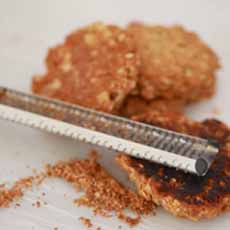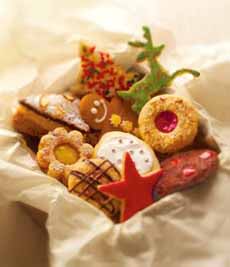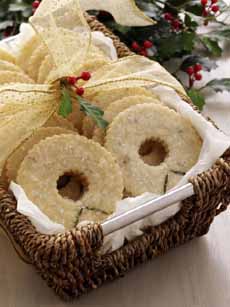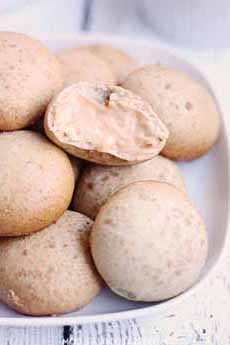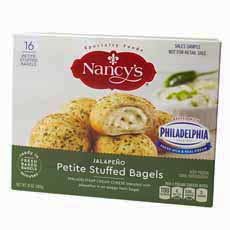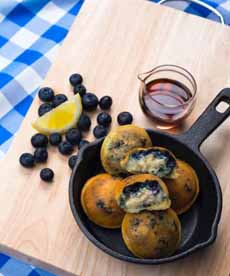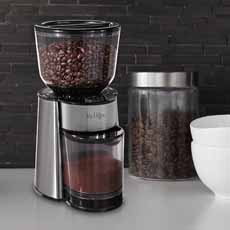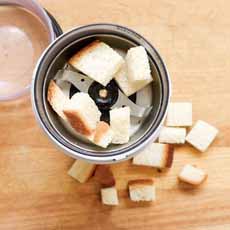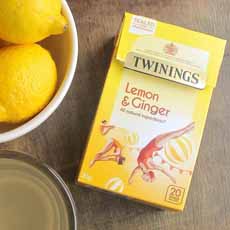|
Twinings recently released three new herbal teas: Berry Fusion, Buttermint and Lemon Delight. The brand now sells 14 varieties of herbal tea in the U.S.
We received samples along with instructions for brewing herbal tea.
Herbal tea is not technically tea. The true teas are black, green and white teas, which are the leaves of the Camellia sinensis plant.
Rather, herbal tea is classified as a tisane (tee-ZAHN)*, a brew of herbs, flowers or fruits. There’s more about herbal tea below.
Here, from Stephen Twining, Director of Corporate Relations, “tea ambassador” and 10th generation family member, are tea-brewing tips.
10 TIPS FOR A PERFECTLY BREWED CUP OF TEA
The process for brewing all kinds of tea is the same. The difference is in the brewing times (see the chart below).
1. Warm the pot. Fill a clean pot or mug with hot water, then pour it out.
2. Boil fresh, cold water. Start with freshly-drawn cold water. Never reuse previously boiled water.
3. Don’t over-boil the water. As soon as the teapot comes to a boil, remove it from the heat. Over-boiling reduces the oxygen in the water and can make the tea taste flat.
4. Pour water over the tea bag. Place the tea bag in the mug first, then pour the boiling water over it.
5. Let the tea bag sit. Some people are accustomed to dunking or pressing the bag. It’s best to let the bag sit, to allow the full steeping process to occur.
6. Savor the herbal essence. The first thing you’ll notice is the scent of the tea. Take a moment to savor the aroma.
7. Never judge a tea by its color. First, each variety of tea has its own color. There is no single color for black, green or white teas. and the same is true for herbals. As the color is released, it is tempting to think the tea is ready. But wait a bit longer. Herbal tea should brew for four minutes. Check the times for other types of tea below.
8. Wait for the flavor to develop. Flavor is the component that takes the longest to develop, so let the tea steep to the full four minutes to fully extract the flavor.
9. Customize your cup. A cup of herbal tea requires no additions—and certainly not milk! But you can add honey, sugar or a squeeze of lemon. Without sweetener, it’s just 4 calories a cup.
10. Make iced tea. Some people like herbal tea even more when it’s iced. Brew some to keep in the fridge.
OPTIMAL TEA BREWING TIMES
Black Tea: 4 minutes
Chai Tea: 5 minutes
Green Tea: 2 minutes
Herbal Tea: 4 minutes
Red Tea: 4 minutes
Oolong Tea: 3 minutes
White Tea: 1 minute
Cold Brewed Iced Tea: 5 minutes
|
